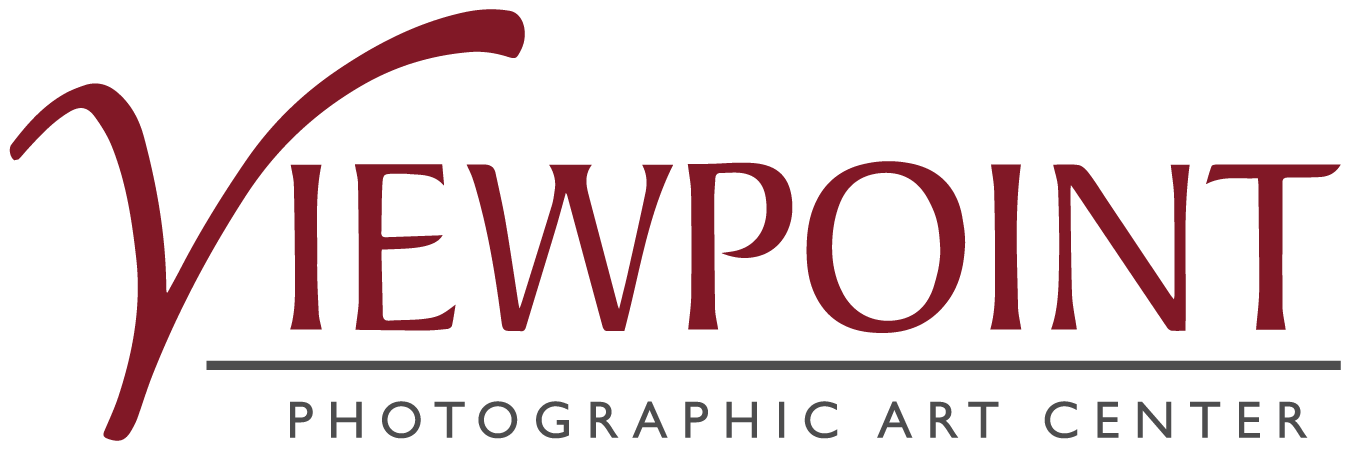Street Photography
STUDENT LECTURE SERIES
I have a loose definition of street work. If it is visible from the street, that is street work to me. But since a lot of street work is also candid photography, I often go into venues, weddings, funerals, clubs, events, and occasionally in natural environments where humans are doing human things. All of this I lump into street photography. Also, if it is visible from the street, animate or inanimate is fair game. A great deal of my street work is of man-made objects seen from an urban environment. I think being open to everything within your field of view is crucial with street work. Streets are a target-rich environment. It is unusual for me to spend a few hours on the streets and not get 30-60 very good images. When I show, I only show stand-alone images that will hang together, so, in that sense, I will get anywhere from one to six images that I will ultimately show. I say this not because I am a great photographer but rather because I have taught myself to be open and keep my brain mushy. Street work has taught me to look not at what is there but rather at what something could be. Clarity of thought is a prize worth working towards. I deeply think of the story and how I can best illustrate it. That capture has significance if one captures a human truth, no matter how small or banal. The deeper the human truth, the greater the significance.
Photography involves equipment, but it is not dependent on any given type of equipment; it depends on you. I have done street work at night with 8×10 cameras and in the day with 4×5 cameras; street work can be breathtakingly fast or pleasantly slow. I use a chest rig with two Fuji XH-1 cameras; one has a prime lens, usually a 27mm normal or sometimes a 14mm ultra-wide. The other usually has a 55-200mm zoom or a 70-300mm zoom and, upon occasion, a 100-400mm zoom, although that lens is unusual for me to work with.
I also believe that the effort into the capture, be it film or digital, deserves the honor of being processed properly. I am not a fan of JPEGs straight out of the camera. You had some trouble on the front end; why give up on the back end? A properly processed modern raw capture gives as much richness and is three-dimensional as a well-processed film capture. It mystifies me why anyone would think that a JPEG straight out of the camera has much value.
